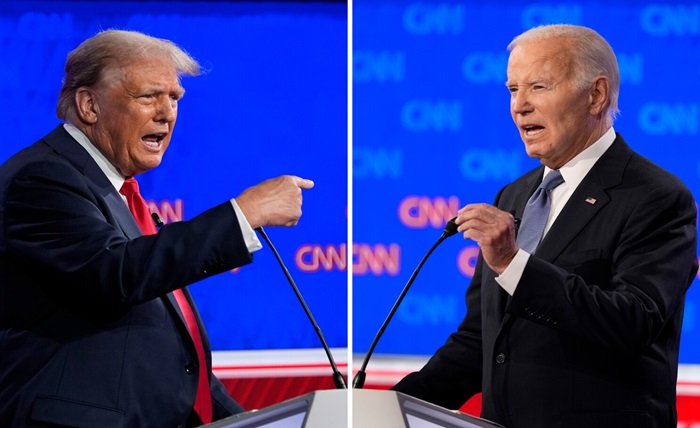The live music experience is meant to be electric, communal, and unforgettable—yet for years, fans with disabilities have faced barriers to access, comfort, and safety. In 2025, that narrative is shifting. A wave of inclusive innovation is transforming concerts and festivals into welcoming spaces for all fans, regardless of physical, sensory, or cognitive abilities.
This evolution is not just ethically significant—it also offers real opportunities for concert organizers, entrepreneurs, and marketers to better serve a loyal and often underserved audience. Here’s how the live music industry is making accessibility a priority in 2025 and what it means for fans and businesses alike.
Why Accessibility in Concerts Matters
In 2025, inclusivity isn’t optional—it’s expected. Disabled fans represent a powerful consumer demographic, often overlooked despite their passion for music, travel, and entertainment. With more awareness and advocacy, artists and venues alike are taking meaningful steps to break down long-standing barriers.
Key reasons accessibility is front and center:
- Consumer demand: Disabled music fans are actively supporting artists and events that prioritize inclusion.
- Legal compliance: Governments worldwide are increasing pressure on venues to meet accessibility regulations.
- Brand equity: Companies that demonstrate commitment to inclusion see stronger loyalty and social credibility.
- Business growth: Accessible experiences open the door to new customers, broader audience reach, and positive word-of-mouth.
Inclusive Features Making a Difference in 2025
1. Wheelchair-Accessible Layouts
Modern venues are designed with multiple viewing platforms, widened entryways, and barrier-free restrooms. These aren’t hidden in the back—they’re central, elevated, and integrated into the crowd for an inclusive experience.
2. Sensory-Friendly Zones
For neurodiversity fans or those with sensory sensitivities, many concerts now offer quiet zones, noise-dampening headphones, and controlled lighting areas for comfort without exclusion.
3. On-Demand Sign Language Interpreters
More artists are employing ASL interpreters on stage or using real-time video relay services so fans who are deaf or hard of hearing can experience the lyrics and rhythm fully.
4. Braille and Audio Navigation
Concerts now include tactile maps, audio tour guidance, and Braille wristbands or guides to help visually impaired fans navigate easily.
5. Companion Seating & Priority Entry
Designated seating with space for caregivers and options for early entry ensure smoother transitions and less stress for attendees needing assistance.
6. Adaptive Technology
Mobile apps now feature voice control, real-time captioning, and crowd heat-mapping to help users plan movement in packed environments.
How Artists and Organizers Are Leading the Way
Forward-thinking artists are championing accessibility by:
- Designing tours with inclusive infrastructure as a priority.
- Training event staff in disability etiquette and support.
- Including disabled fans in promotional content to normalize diversity.
- Donating portions of ticket sales to accessibility charities.
Meanwhile, festivals are introducing accessibility liaisons, improved shuttle transport, and on-site medical support tailored to specific needs.
Marketing and Business Opportunities in Accessibility
For entrepreneurs and brand managers, there’s a growing niche to serve:
- Sponsorship: Partner with accessible tour routes or zones for visibility with an appreciative audience.
- Products: Offer inclusive merchandise, such as adaptive wear or sensory-friendly accessories.
- Content creation: Highlight accessibility in event promotions to show your brand supports inclusion.
- Consulting: If you’re in the accessibility space, concerts and festivals are fertile ground for tech, planning, and service-based partnerships.
Q&A: Accessibility in Concerts 2025
Q1: Are most large venues accessible now?
A: Yes, most major venues have adopted improved infrastructure and policies, though accessibility levels still vary by country and region.
Q2: How can I know if a concert is accessible before buying tickets?
A: Ticket platforms now include detailed accessibility info—look for icons denoting wheelchair access, companion seating, interpreter services, and more.
Q3: Can smaller local events be accessible too?
A: Absolutely. Accessibility doesn’t always require major renovations—clear pathways, staff training, and portable ramps make a big difference.
Q4: What tech is helping disabled fans the most?
A: Apps that offer crowd navigation, real-time captioning, and personalized alerts are game-changers in 2025.
Q5: How can brands contribute to concert accessibility?
A: By sponsoring accommodations, donating adaptive equipment, or creating inclusive experiences that connect with fans of all abilities.
Also Read: How to Get Backstage Passes for Concerts – Tips and Strategies for Access
Also Read: Business Acumen Definition: Why Every Entrepreneur Needs It to Succeed
Final Thoughts
In 2025, accessible concerts are setting a new standard for the live music industry—one built on respect, innovation, and connection. Disabled fans are no longer an afterthought but a celebrated part of the music community. For artists, event planners, and businesses, prioritizing accessibility isn’t just the right thing to do—it’s a smart, future-forward strategy that enriches the entire experience.
When music is made for everyone, everyone wins.
















